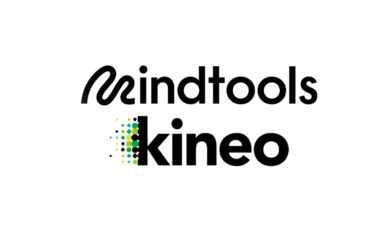What goals are you working toward at the moment?
Maybe you’re aiming for a promotion, or hoping to learn a new skill. Or, perhaps you’re saving up for a deposit for a home or aiming to beat last year’s sales revenues.
However major your goals are, I’ll wager that none as are big as this – to send an object the size of a domestic refrigerator three billion miles into space and land it on a rotating comet that’s travelling at 40,000 mph. Oh, and the comet is shaped like a rubber duck and only 2 miles wide.
This sounds like an impossible task. But it’s exactly what scientists from the European Space Agency (ESA) achieved last week when they released “Philae” from the Rosetta spacecraft and landed it on the surface of comet 67P.
What amazed me most about this accomplishment is that they launched Rosetta back in 2004. Not only does this mean that the technology aboard the spacecraft is more than a decade old, but also that they’ve been working on this goal for 128 months – longer if you include planning the mission and building the spacecraft.
Long-Term Focus
Many people would give up on a goal that took this long to achieve. So how did the scientists who worked on the project set themselves up for the long haul?
First off, they were excited about the task ahead. After all, their aim was to be the first team to land a spacecraft on a comet. Any space scientist would be motivated by an objective like that. They also set themselves some milestone goals, such as a low-altitude bypass of Mars that allowed Rosetta to take detailed images of the surface of the planet.
Support was another crucial factor. The ESA estimates that around 2,000 people helped with the mission in some capacity. Everyone who worked on the project could rely on this network for encouragement and help along the way.
The result was that they continued working on their goal, even when it seemed like the only progress they were making was the mileage that Rosetta gradually clocked up as it continued on its 10-year journey.
Achieving Significant Goals
Unless you work for NASA or the ESA, your objectives are probably far less extravagant than this. Yet, there will be some similarities because significant goals – whether it’s sending a spacecraft to a speeding comet or completing a part-time college course – often take months, or even years, to achieve. If they don’t pique your interest over the long term, you’re not likely to reach them. You’ll move onto other projects as your interest wanes, and you’ll be unhappy when you’re working on them.
This is why it’s so important to help the people on our teams to formulate goals that they’re genuinely excited about. One way to do this is with the POSITIVE Model of Coaching. This framework gets them to come up with long-term goals that they’ll feel motivated to achieve. It also encourages them to identify the key people who will provide support and accountability along the way. Importantly, it gives them a say in what they do and gets them to think about how achieving their goals will help them in other areas of their work and career.
Learn more about each step of the POSITIVE process, as well as the questions you should ask as you work through it, in our new article.
Further Coaching Resources
If you’re new to coaching team members, or if you want to improve your skills in this important area, you might want to check out our “Coaching Your Team” section. Here, we look at other effective coaching approaches such as the GROW Model and Solution-Focused Coaching. We also see how to build rapport with coachees and how you can use coaching to help team members reach their full potential.
Question: How will you get your team members excited by their long-term goals?




